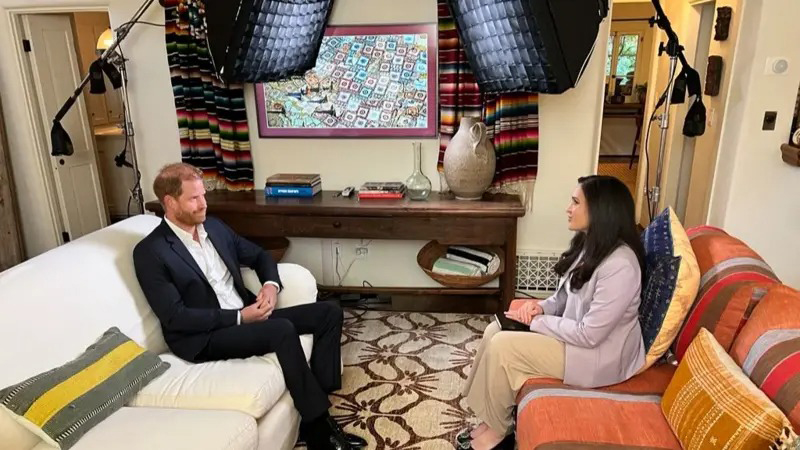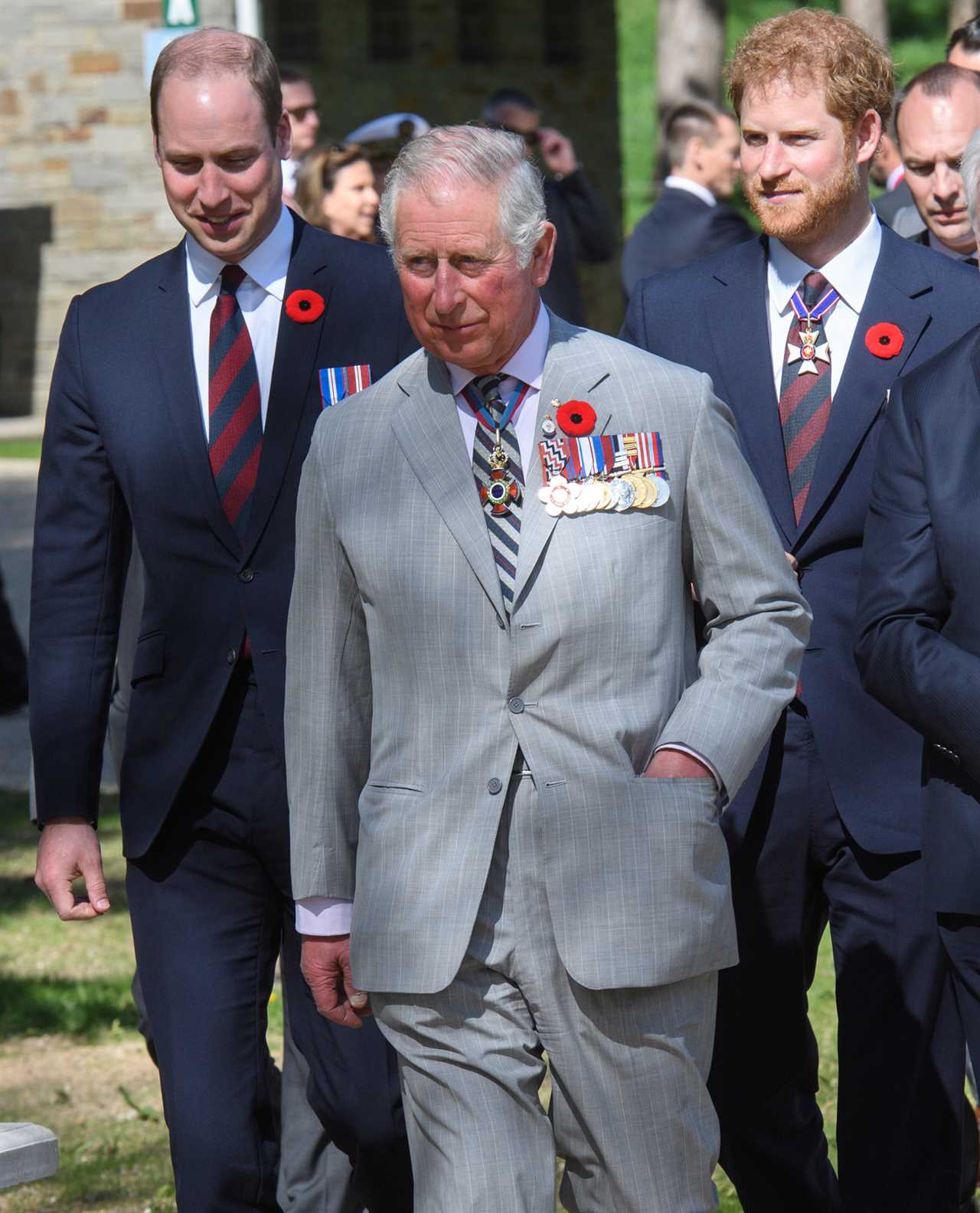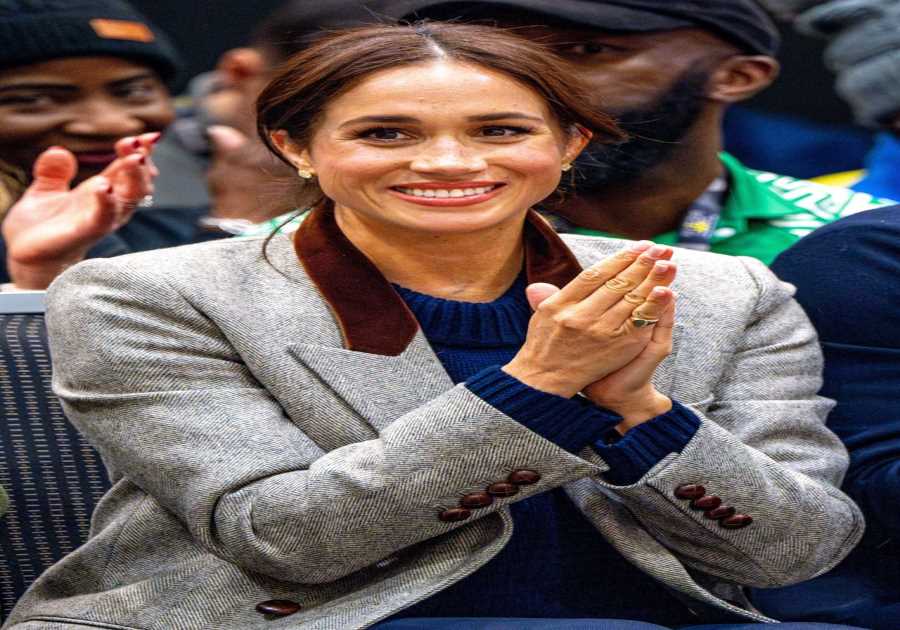
Recent critiques of Prince Harry's conduct have sparked debate, shedding light on deeper issues within the royal family. The Duke of Sussex's actions have ignited controversy, from his outspoken interviews to legal battles over security. These events unfold against a backdrop of shifting royal dynamics and personal struggles, prompting a closer examination of his behaviour and underlying motivations.
Unpacking Perceptions and Realities
Delving into the criticisms levelled against Prince Harry reveals a multifaceted narrative. While some view his actions as disrespectful, others highlight his cooperative nature, complicating simplistic characterisations. Royal experts' divergent opinions offer insight into the complexities of his public persona, raising questions about the underlying factors influencing his behaviour.
The Interplay of Power and Perception
Prince Harry's interactions with the media and the public unveil a nuanced power dynamic at play. From his contentious relationship with the press to his security disputes, his experiences reflect broader issues of privilege and scrutiny. Examining these dynamics illuminates the challenges faced by high-profile individuals navigating personal and public expectations.
Navigating Security and Sovereignty
The security saga surrounding Prince Harry underscores tensions between personal autonomy and institutional obligations. His assertions of being a victim of systemic biases prompt reflections on the complexities of security arrangements and familial responsibilities. By scrutinizing these claims, a deeper understanding of the intricate web of royal protocols and personal convictions emerges.

A Call for Context and Compassion
Amidst the controversies surrounding Prince Harry, a call for empathy and context resonates. Balancing individual actions with systemic constraints invites a nuanced perspective on his decisions and their repercussions. By engaging with the intricacies of his experiences, we confront the wider implications of privilege, duty, and personal agency within the royal framework.
In conclusion, the scrutiny of Prince Harry's behaviour unveils a tapestry of narratives, urging us to probe beyond surface judgements and explore the intricate layers of royal dynamics. As we navigate the complexities of his public role, we are reminded of the broader societal conversations around power, responsibility, and personal growth that shape our collective understanding of contemporary royalty.






